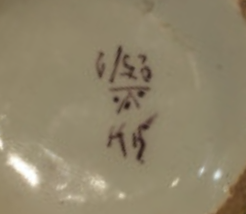5 stem vase presumably for tulips or other flower. Blue, yellow, green, orange floral design on white background
Vraag
We have had this little vase for 30 years, bought in Australia. Unfortunately I have just dropped it breaking two stems. We never found who the maker was but thought Dutch. My questio; is it Dutch, how old and is it worth keeping in current damaged state?
Thanks
Afmetingen
13cm high
10cm wide
10cm wide
Collectie
publiekscollectie














Reacties 11
Hello, it is Dutch and I only recognise the mark from "De Delftse Pauw" factory, the Dutch peacock loosely translated. I don't know much about painters signatures and year codes this company used to use but maybe someone else might be able to help you with that. Valuations are not given on this website though.
Thank you Patrick,that is really useful as I was unable to find maker in my own internet searches.
Interesting to see the factory's demise was only last last year!
’k Ben er nog niet van overtuigd dat dit produkt van De Delftse Pauw is, het bedrijf werd half jaren vijftig van de vorige eeuw opgericht en gebruikte naar mijn weten wit bakkende klei en paste onderglazuurschildering toe, de zgn. nieuwe techniek. De scherf van de tulpenhouder komt me nou niet bepaald over als van witte klei te zijn, en de schildering komt me over als opglazuurschildering, dus een op een (enigszins) witdekkende glazuur, ik vermoed dat de vaas ouder is dan van na 1954, en, hoe moeten we het merk lezen, het merk van De Delftse Pauw was een ’(teken)passer’, punt naar boven en drie sterren, maar geen horizontale streep er boven, veel plateelschilders (-essen) lieten, mogelijk in de haast, het kleine tekentje boven in de punt weg, doet verder niet terzake. Bekijk je het merk van deze vaas met de punt naar beneden, rustend op horiontale streep, dan staat er onder, zo te zien: 25/9. Groet jvdh.
I am not yet convinced that this product is from De Delftse Pauw, the company was founded in the mid-fifties of the last century and, to my knowledge, used white firing clay and applied underglaze painting, the so-called new technique. The shard of the tulip holder doesn't exactly strike me as white clay, and the painting strikes me as an overglaze painting, so one to one (somewhat) opaque glaze, I suspect the vase is older than after 1954, and , how should we read the mark, the mark of De Delftse Pauw was a '(sign) compass', point upwards and three stars, but no horizontal line above it, many pottery painters (-ash) left, possibly in haste, the small mark at the top of the point is gone, is not relevant. If you look at the mark of this vase with the point down, resting on the horizontal stripe, it reads below, as you can see: 25/9. Greetings jvdh.
Many thanks Jan for your time and interest looking at my vase. I think your explanation is probably correct when you show the 25/9 the right way up and note the clay is not white, that it is not De Delftse Pauw. Which makes it all the more intriguing. Perhaps it is a British copy! I will do some more research here.
Best regards
Gregor
Beoordeling:
Toelichting:
Reactie toevoegen
Alleen ingelogde gebruikers kunnen reacties plaatsen
Login of registreer om te reageren